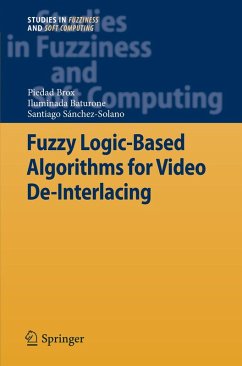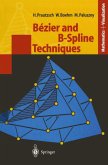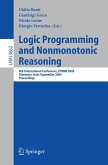This book is organized in five chapters. In Chapter 1, some basic concepts are explained to completely understand the contribution of the algorithms developed in this research work. The evaluation of how motion is present and how it influences on de-interlacing is studied in Chapter 2. The design options of the proposed fuzzy motion-adaptive de-interlacing algorithm is studied in Chapter 3. A spatial interpolator that adapts the interpolation to the presence of edges in a fuzzy way is developed in Chapter 4. A temporal interpolator that adapts the strategy of the interpolation to possible repetition of areas of fields is presented in Chapter 5. Using both interpolators in the fuzzy motion-adaptive algorithm described in Chapter 3 clearly improves the de-interlaced results.
Dieser Download kann aus rechtlichen Gründen nur mit Rechnungsadresse in A, B, BG, CY, CZ, D, DK, EW, E, FIN, F, GR, HR, H, IRL, I, LT, L, LR, M, NL, PL, P, R, S, SLO, SK ausgeliefert werden.









